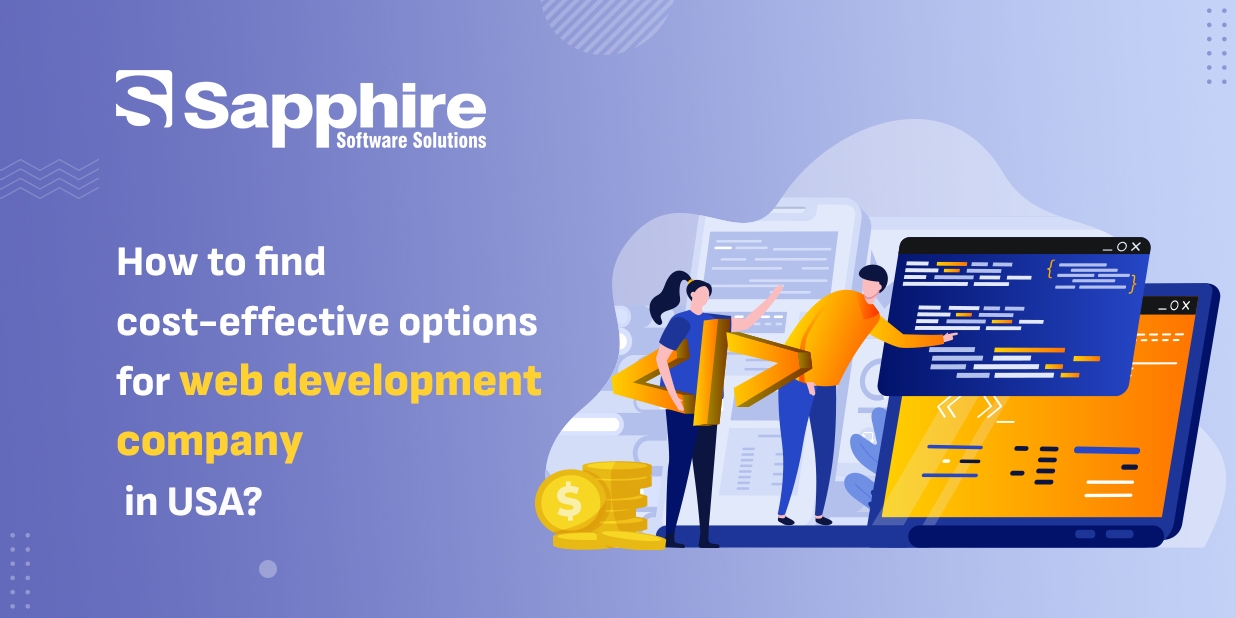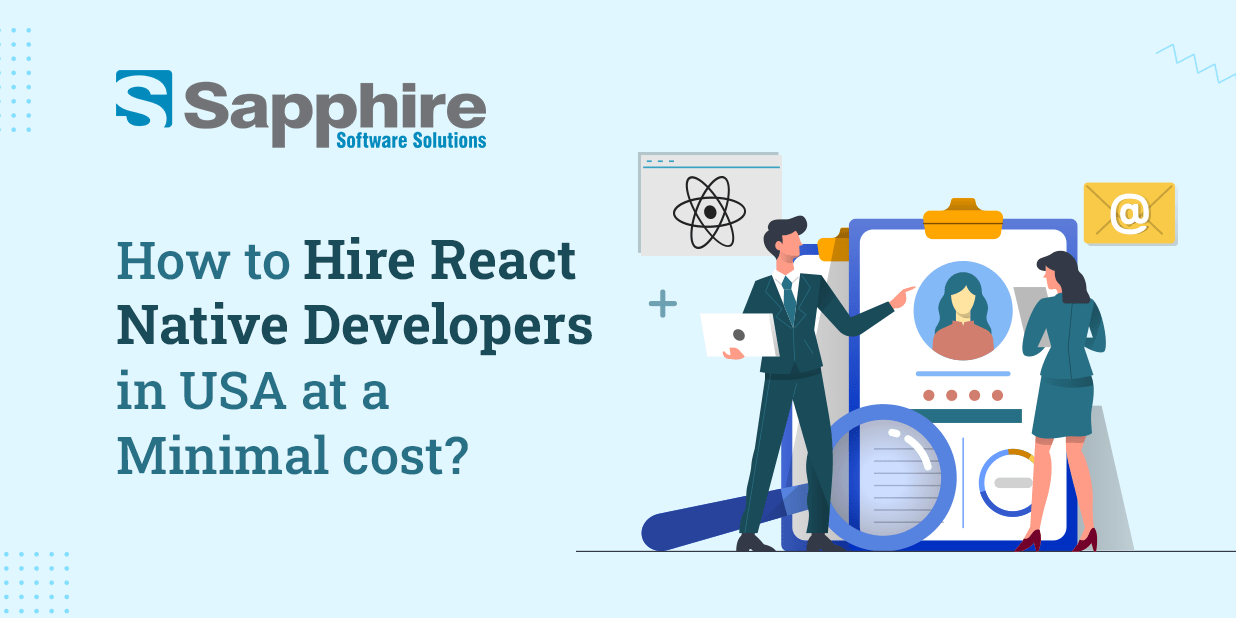1. Define Your Needs:
Know your company’s goals before looking for an IT consulting firm. Check your IT infrastructure, systems, and procedures for areas that need improvement or optimization. Choose an IT consulting partner based on your sector, company model, target audience, and growth predictions.
Healthcare providers seeking to improve patient data security and regulatory compliance may need a consulting company with healthcare IT, cybersecurity, and regulatory compliance experience. For improved user experience and scalability, a retail e-commerce business may emphasize web development, cloud computing, and e-commerce solutions providers.
By outlining your demands early, you can express them to IT consulting companies and guarantee alignment with company goals. More apparent filters can help you find firms with the skills and experience needed for your sector and difficulties.
2. Research:
After defining your needs, you would help if you studied IT consulting firms that fit your demands. Use search engines, business directories, and social media to find US-based companies. Search their websites, portfolios, case studies, and customer testimonials to learn about their experience, prior projects, and client satisfaction.
Request recommendations from coworkers, industry peers, and business networks with IT consulting company expertise. You might learn about respectable organizations that offer high-quality services via personal references.
When researching prospects, consider firm size, industry emphasis, regional presence, and experience. Choose organizations that have solved comparable problems and delivered outcomes for customers in your sector. Reduce your list to a few firms that meet your requirements and continue examination and selection.
3. Assess Skill and Knowledge:
Assess IT consulting firms by their experience and skills in your field. Find organizations that have completed projects like yours, such as bespoke software development, cloud infrastructure implementation, or cybersecurity improvements.
Look into the company’s developers, engineers, architects, and consultants’ credentials. Microsoft, Cisco, AWS, and CompTIA certifications show expertise in related technologies and methods.
Do they have expertise dealing with customers in your business and are acquainted with industry-specific rules, compliance standards, and best practices? Knowledge of your sector and difficulties may boost an IT consulting firm’s value proposition and simplify the deployment of customized solutions.
You can find organizations with the technical capabilities, subject knowledge, and industry insights to help your company succeed by assessing experience and expertise. You may avoid working with unskilled or underequipped consulting companies by conducting a thorough examination.
4. Assess Reputation and Reliability:
Reputation and dependability are crucial when choosing the best US IT consulting business. Its reputation represents its performance, customer satisfaction, and industry credibility. This is how to assess IT consulting businesses’ credibility:
- References and testimonials from clients: Examine the company’s website and portfolio for customer testimonials and case studies. Accounts of customer pleasure and consulting business results are shown in these testimonials. Request references from prior customers to learn about their experiences and suggestions.
- Read evaluations and ratings from prior customers and workers on networks like Clutch, Glassdoor, and Trustpilot. Both favourable and unfavourable comments may reveal the company’s strengths, flaws, and places for progress. Sometimes, poor evaluations are standard, but recurring complaints or unsolved problems may suggest underlying difficulties.
- Research the company’s industry connections, alliances, certifications, and honours. Awards may indicate IT consulting expertise, innovation, and leadership. Leading technology vendor certifications or top IT consulting firm accreditation by renowned industry journals may verify the company’s knowledge and credibility.
- Verify the company’s communication procedures, openness, and honesty throughout the review process. A good IT consulting business should always behave ethically, professionally, and honestly. Monitor how they respond to your questions, concerns, and criticism and clearly explain their services, capabilities, and price.
- Durable and Stable: Consider the company’s industry longevity and stability for dependability and sustainability. A lengthy history of successful engagements and a solid organizational structure make a consulting business more likely to deliver reliable services. Compare the company’s years of existence, financial stability, and customer retention to determine its dependability and longevity.
Make educated judgments and choose a trustworthy partner that matches your company goals and values by properly researching possible IT consulting services in USA‘ reputation and dependability. To build a successful alliance, prioritize honesty, integrity, and client input throughout the review.
5. Evaluate Communication and Collaboration:
Successful IT consulting partnerships need good communication and teamwork. Clear and open communication helps understand, align expectations, and resolve challenges throughout the relationship. Consider these elements while assessing IT consulting businesses’ communication and cooperation skills:
- Communication Channels and Accessibility: Evaluate the company’s email, phone, video conferencing, and project management systems. Assess their availability to answer questions, offer updates, and handle difficulties quickly. Find a consulting company with various communication channels and a responsiveness policy.
- Project Management and Reporting: Ask about project management and reporting at the organization. A credible IT consulting business should have robust project management methods to measure progress, manage resources, and communicate with customers. Request their project management tools, methods, and status updates or progress reports to guarantee openness and accountability throughout the engagement.
- Assess the company’s understanding of your business goals, issues, and priorities. Knowledgeable consulting firms should listen to your demands, ask pertinent questions, and suggest unique solutions that meet your strategic objectives. Check for their knowledge of your industry, market dynamics, and competition, as well as their ability to apply technical principles to business.
- Collaborative Approach: Choose a consulting business that prioritizes teamwork and cooperation. Assess their willingness to collaborate with your internal teams, stakeholders, and subject matter experts to accomplish goals. Look for evidence of their capacity to promote collaboration, solicit stakeholder feedback, and adapt to your organization’s culture and procedures.
- Procedures for Conflict Resolution and Escalation: Discuss the company’s dispute resolution and escalation policies in case of engagement conflicts. Maintain conflict resolution, dispute resolution, and escalation mechanisms to senior management. Clear communication and dispute resolution may reduce risks and assure project success.
Assessing IT consulting organizations’ communication and collaboration skills will help you choose a partner that values openness, responsiveness, and cooperation. Effective communication and teamwork build solid partnerships and help IT projects succeed.
6. Review Scalability and Flexibility:
If your organization is growing or has dynamic demands, scalability and flexibility are essential when choosing an IT consulting company. How to evaluate consulting companies’ scalability and flexibility:
- Resource Availability: Assess the consulting firm’s ability to expand resources for project needs. Assess their team size and skill set to manage projects of various sizes and complexity. Ask about their capacity to swiftly increase or decrease resources to meet workload or project scope changes.
- Evaluate the consulting firm’s adaptability to changing project requirements, timeframes, and priorities. Look for signs of their flexibility to change project plans, resource allocation, or adopt new technology or methods as requirements change. Agile and responsive consulting partners can adapt to shifting conditions and needs.
- Assess the consulting firm’s expertise in delivering scalable IT solutions that continue to expand with your organization. Find instances of projects where they planned and executed solutions to meet growing needs, user volumes, and data loads. Scalable solutions allow your IT infrastructure and systems to expand with your company without significant redesign.
- Customization and Tailored Solutions: Find a consulting organization that provides customized solutions to your unique demands and preferences. Avoid cookie-cutter methods and search for evidence of their capacity to customize their methodology, frameworks, and solutions to your company’s needs. A consulting partner that values customization and flexibility can better meet your organization’s objectives, processes, and limits.
- Discuss engagement models and price flexibility with the consulting firm to meet your budget and goals. Your project may use fixed-price, T&M, or outcome-based pricing. Seek pricing transparency and flexibility to change project scope or demands without significant costs.
Choose an IT consulting business that can expand with you by evaluating its scalability and adaptability. Choose companies with scalable solutions, flexible project execution, and personalized engagement models.
Conclusion:
Hiring the best Top IT Consulting Company in USA to succeed requires strategy, research, and assessment. By following these procedures and using this guide’s insights, you can confidently pick a business that suits your current demands and long-term strategic goals. Focus on knowledge, experience, communication, and cultural fit to build a mutually beneficial connection that boosts corporate development and creativity.



























